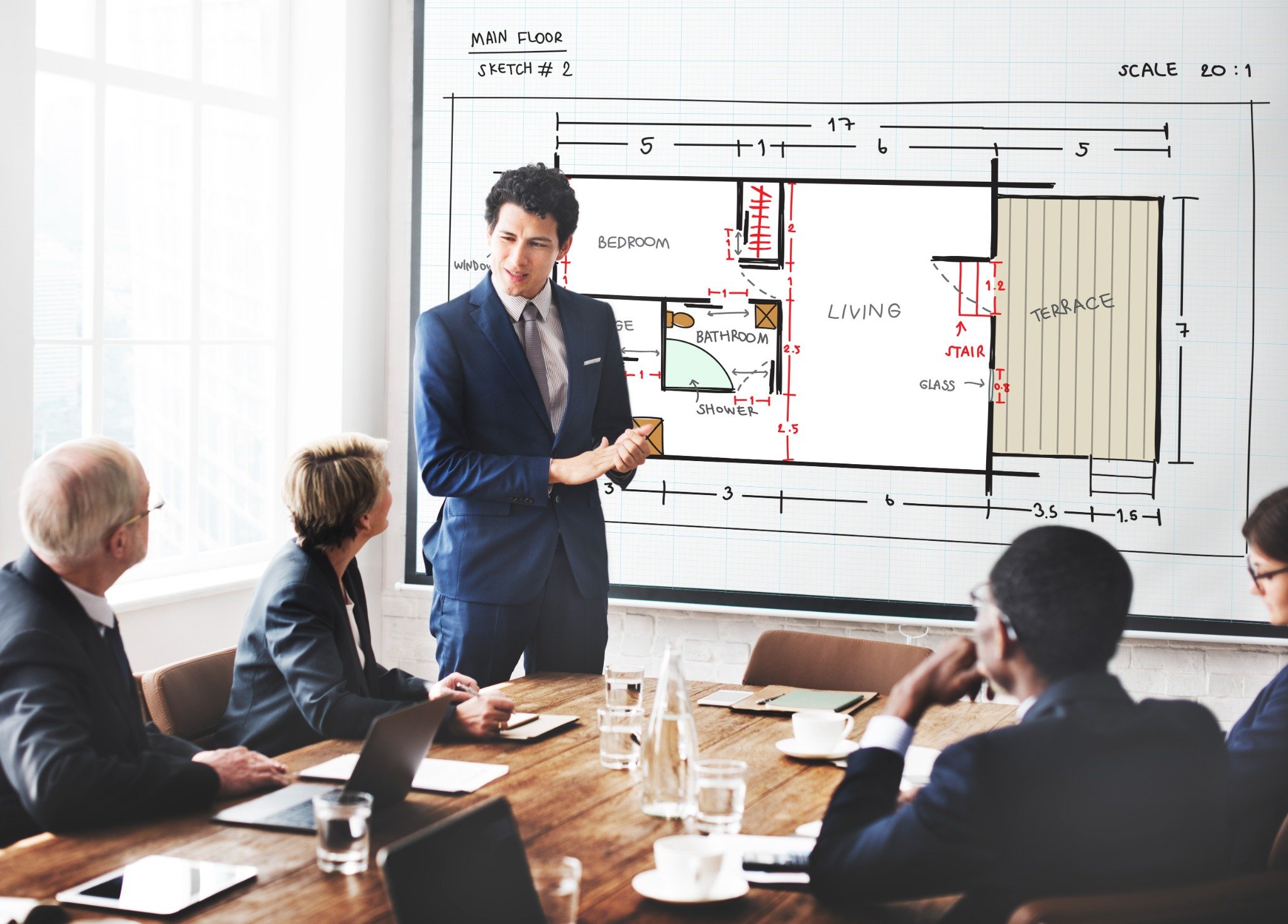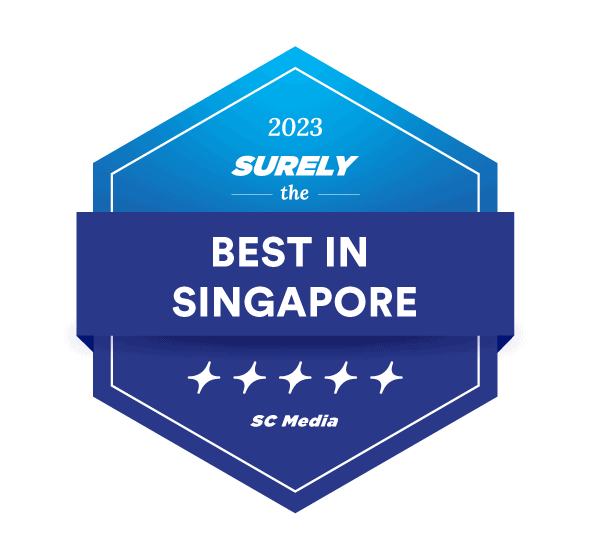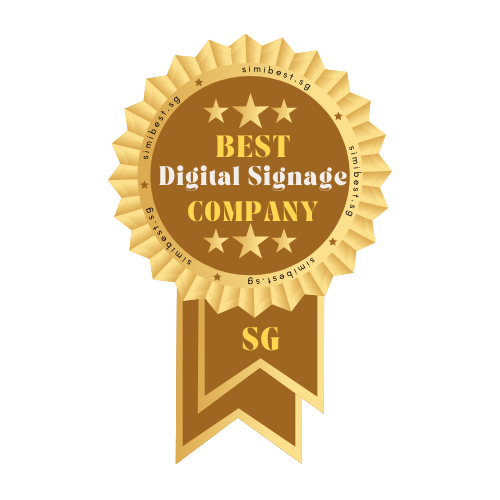
There was a time when designing a space meant thinking about walls, floors, lighting, and layout. It was all about function, flow, and maybe a little bit of flair. But that’s changed. Fast. Now, technology is stepping in—not just to enhance how spaces look, but to completely shift how they feel and how people interact with them.

In the past, walking into a store, office, or event space was mostly a passive experience. You noticed the décor, maybe the furniture. Now? It’s interactive. It’s immersive. And it’s thanks to digital tech that turns any space into something that responds to people. Screens, sensors, lighting control—these are becoming part of the design language.
One of the most impactful tech tools showing up in modern spaces is the LED video wall. It’s more than a giant screen. It’s a dynamic display that transforms a blank wall into a living part of the space. Whether it’s showing art, customer content, or live updates, it brings energy and movement where things used to be static.
A few years ago, wall art was enough. Now, an LED video wall can showcase your brand story, highlight real-time info, or even interact with users. Designers are thinking less about what looks good and more about what communicates. That’s a big shift—and it changes how people use the space around them.
Walk into any modern retail store and chances are, you’ll see more than shelves and signage. You’ll see screens. And not just for ads—LED video walls are being used to show product walkthroughs, customer reviews, or even live social media feeds. It adds depth to the experience and helps brands connect visually without saying a word.
Gone are the days of plain white walls and framed posters in the workplace. Now, companies are using video walls in lobbies, meeting areas, and break rooms to showcase team milestones, company culture, or branded visuals. It makes the space feel current, alive, and uniquely them. It also gives teams and visitors something to look at, something to talk about.

When it comes to designing for exhibitions, launches, or large-scale presentations, LED video walls are almost expected. They let you build an environment that reacts to the message you’re delivering. Imagine being in a room where the entire back wall shifts with your story—visuals that support your pitch, motion graphics that guide your message. That’s not just a design trend—it’s how you win attention.
The most exciting part? Architects and interior designers are now planning spaces around tech like LED walls. Instead of trying to fit a screen in later, they’re building tech into the structure itself—making it part of the identity of the space. This kind of design thinking blurs the line between digital and physical. And it’s where the future is clearly heading.
You can repaint a wall. You can switch out posters. But a video wall? You can change your whole visual story in seconds. That flexibility is gold for brands who want to keep things fresh, seasonal, or responsive. One display, endless possibilities—and zero printing costs.
The best part about using technology in space design isn’t the wow factor—it’s the connection. It makes people feel something. It turns a visit into a moment. And that’s what modern brands and businesses are chasing: not just traffic, but experience. And tools like the LED video wall are making that possible without saying a single word.
We offer a versatile and customizable visual experience, empowering businesses to enhance their brand presence and captivate their audience.

